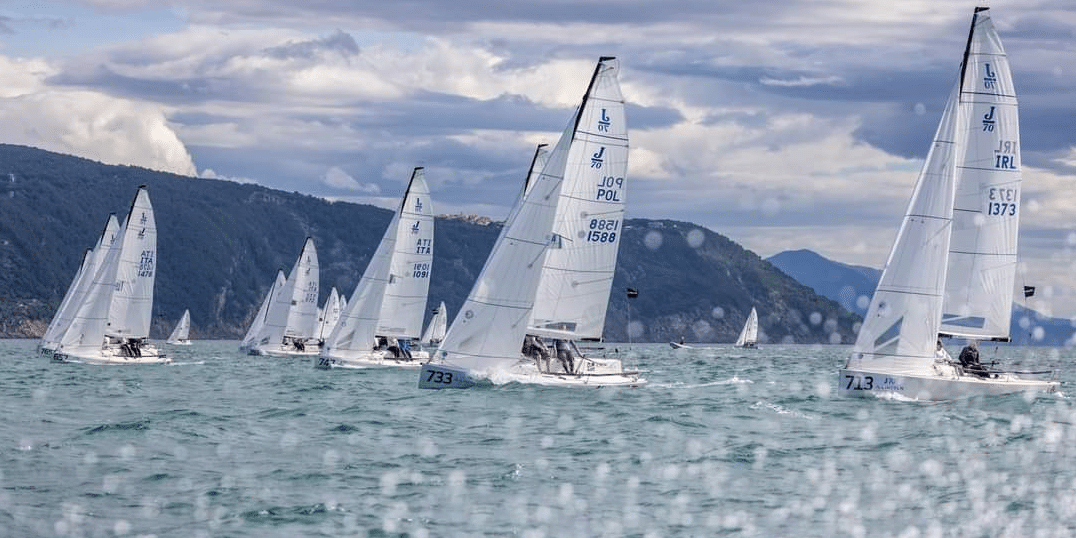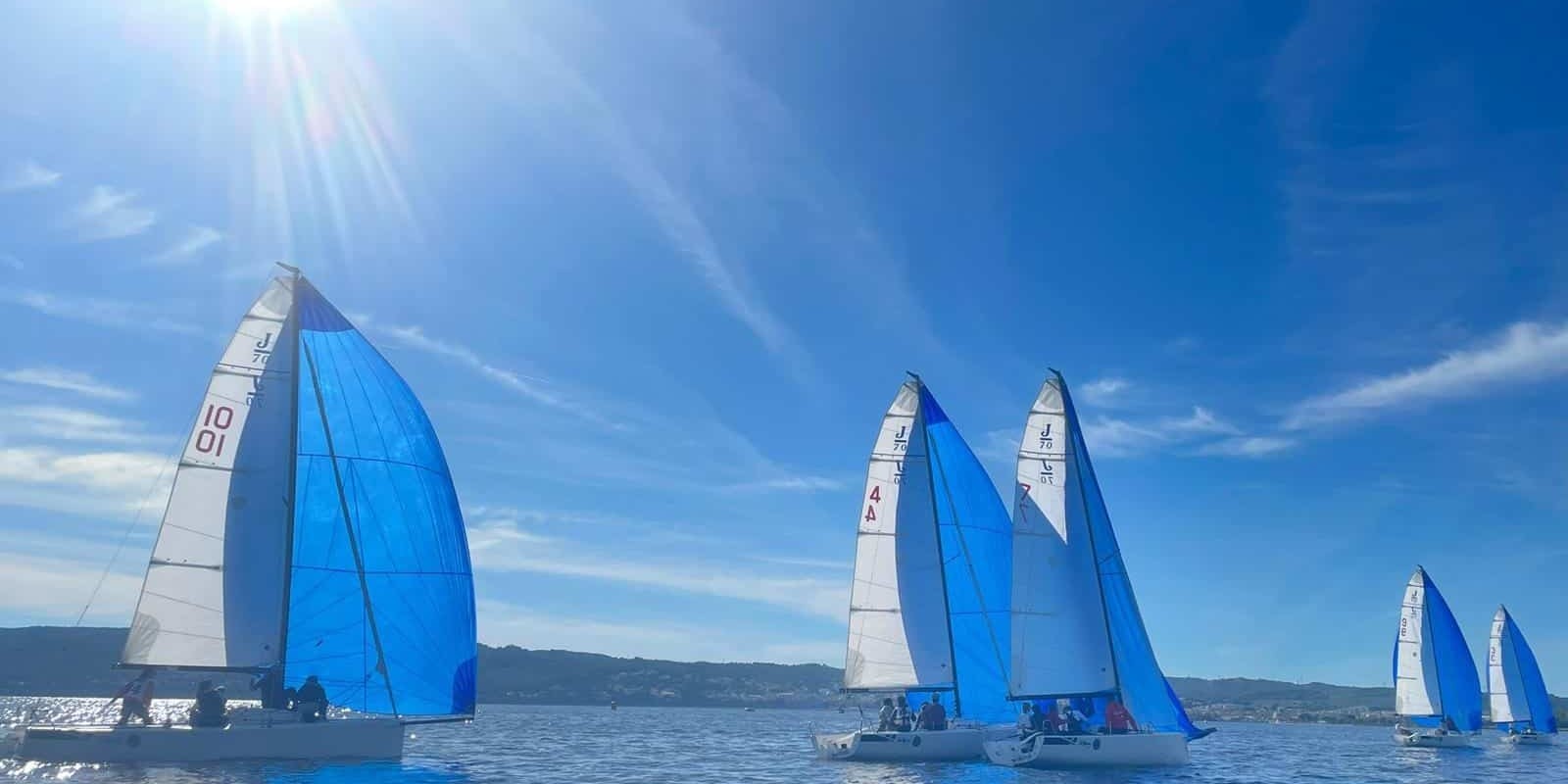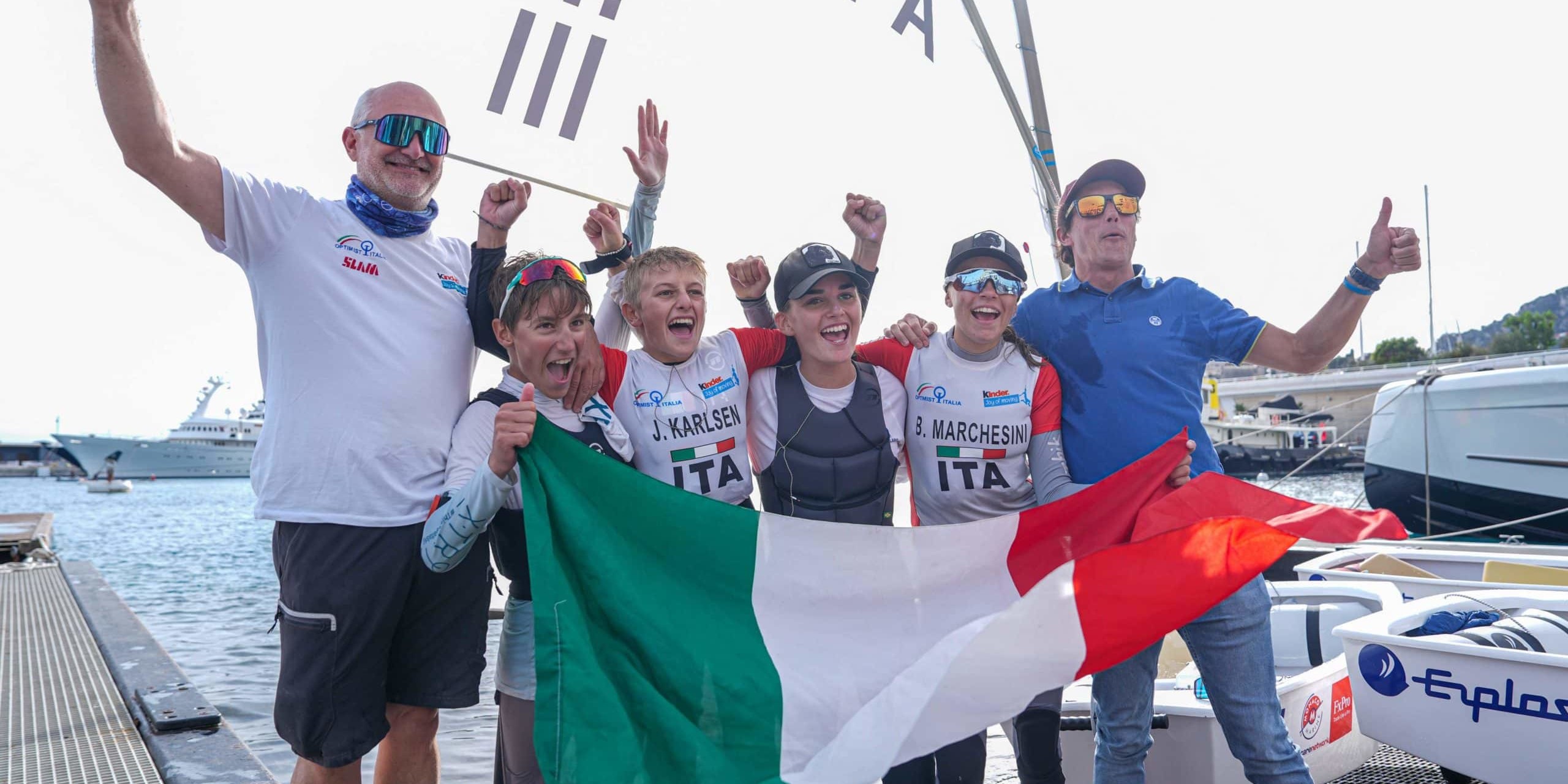Sir Ernst Expedition
When Sir Ernst reached Marguerite Bay, we had achieved the objective of this third visit to the Antarctic. Covid restrictions may have disrupted the initial schedule but we had seized the opportunity to achieve our goal.
When preparing our expedition, we realised we would have to work around Adelaide Island to the west offshore. Getting between the island and the mainland is often impossible. At this time of year the pack ice closes Hanusse Bay to the south of the Grandidier Channel. We needed a good weather “window” and that was the case. Once there, we became aware of the conditions of the famous passage that takes you past Marguerite Bay to Hanusse Bay on the inside.
Ice charts sent by our contact at the Argentine Hydrographic Service (thanks to Captain Fabian Alejandro Vetere) indicated very dense pack ice a few miles north of the Rothera Research Station latitude.

Sir Ernst secretly dreamed of an anchorage on the pack ice. Would the opportunity arise with two days of calm weather in the forecast?
To find out, we set off on an “exploration”. Very quickly, at the first narrowing in the Le Boeuf channel we really thought the pack ice would prevent us getting through. The number of ice patches and small icebergs increased until they were almost blocking us. We were surrounded by seals basking in the sunshine. We then cut our engine to take in the exceptional forces of nature that makes this place so special.

Ahead and to starboard along Wyatt Island there looked to be an area where we could head north.
And so it was that we were able to thread our way through to the famous Gullet Passage. Somewhat stunned by our own audacity, we decided to take the bull by the horns and go through it. It was not an easy decision as we had to assess the risks of the passage being blocked and compromising our return. This narrow stretch between Adelaide Island and the mainland is divided in two by Hanssen Island. If the Gullet did become blocked, there was still the possibility of returning via the Gunnel Passage on the other side of the island.
The tidal current propelled us along quite fast and as if by magic we found ourselves to the north. We had crossed the famous Gullet!
But still no pack ice! Ever so slightly tense, we took the decision to skirt Hanssen Island from the north in a superb setting. The weather was beautiful and the sheer intensity of the place awe inspiring.

But where we were going to spend the night? As a security measure, we launched the drone. The pack ice was only a few miles to the north and the thought of achieving this famous anchorage beckoned.
The north wind forecast for the next day persuaded us not to make this decision. The risk was too great of both passages becoming blocked by ice. We would then be stuck in the most inaccessible and isolated place on the peninsula!
We therefore opted to go down the Gunnel Passage, not without apprehension as it narrows sharply in the middle with depths of just 20m. As we approached it, a barrier of icebergs and growlers grew larger, almost forming a barrage.
We managed to slip through a tiny gap, near the icy barrier of a glacier on the west side of the channel, the sounder showing a depth of just 1.5m! We were going over a submerged part of an iceberg. The bow pushed aside a couple of growlers and we were through to the other side.

We had to find a place to stop. There are no good anchorages in this area, just glaciers tumbling into the sea, often with threatening seracs. But further south a tongue of snow and what looked like a beach appeared. About 20m above the beach, around 250 cormorants were having a meeting. They gave us the cold shoulder, as we secured two hawsers, the anchor at 10m depth.
Sunset was very late so we were able to marvel at the end of day colours across the glaciers. Right in front of us, the entrance to the Gullet reminds us of what an extraordinary day we have just experienced.
Dernières publications
20 October 2024
Season ends on a high
J/70 – Italian Cup – Lerici The J/70 Italian Cup ended this weekend in Lerici in ideal conditions…
20 October 2024
Girls on top
J/70 – WLS – Martigues The Pink Wave Sailing Team representing Yacht Club de Monaco put in a fine…
19 October 2024
Sixth European title for Italy
2024 Optimist European Team Racing Championship The curtain has fallen on the Optimist European…



